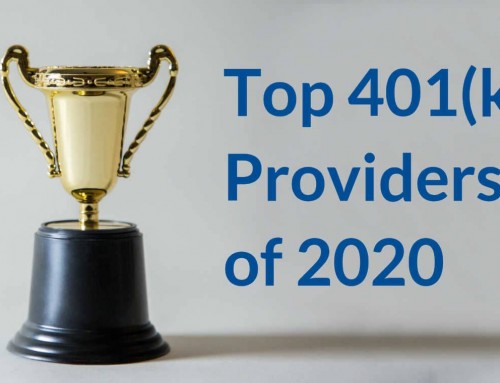Roles of 401(k) Service Providers
Third Party Administrator (TPA) – The role of the third party administrator or TPA is focused on plan compliance. Annual ERISA compliance typically includes preparing your annual 401(k) tax filing (Form 5500), managing plan documents, annual non-discrimination testing, and participant notice preparation.
Recordkeeper – The recordkeeper supports the website, sends quarterly statements, tracks contributions, earnings, and investments on the participant-level and directs the Custodian to execute trades requested by plan participants.
Quick tip #1: We usually recommend using one provider for the TPA and Recordkeeper services because there is a lot of overlap between the two. There are efficiencies gained by keeping these two services under one roof.
Custodian – The custodian is where plan assets are held. The custodian safeguards the plan assets and is responsible for moving money from the company's bank account into individual investment accounts as directed by the recordkeeper in accordance with participant/plan sponsor elections.
Advisor – The financial advisor on your plan is the registered and licensed professional who has the responsibility to provide investment advice. While not all 401(k) plans have a financial advisor, many do and they can be a great resource for plan sponsors (your investment committee) and employees. Advisors typically serve the plan trustees by helping to review the plan investments and fees. This can reduce plan trustees' fiduciary responsibility. The advisor may also provide advice to plan participant by running enrollment meetings and helping with investment education.
Quick tip #2: Any time a service provider is paid based on the funds they are selling, it represents a conflict of interest and shouldn’t be allowed in a 401(k) plan. Unfortunately, indirect compensation is quite common in many 401(k) plans.
Bundled vs. Unbundled
There are different models that vendors use to deliver 401(k) products to plan sponsors. It is important for you, as a business, to understand the strengths and weaknesses of each.
The bundled model is where one vendor provides investment, recordkeeping, administration, and education services. This “one-stop shop” approach can be easier for a plan sponsor to manage and costs can be lower because the vendor is able to offset recordkeeping and administrative costs from the investment management fees. However, we find that in bundled arrangements, the investment lineup is frequently dominated by the vendor's own funds and that poor performing tend to remain in the plan for longer. Bundled services are most common among small plans.
The unbundled model is where the plan sponsor provides hires independent service providers for each critical task. Plan sponsors can pick service providers that are best of breed, including the investment options. In this case, plan sponsors should ideally have an open architecture investment lineup that allows for selecting the best investment strategies across different fund companies. This model is frequently found among larger plans. A fiduciary advisor can help a plan sponsor to construct and manage unbundled plans.
Quick tip #3: We find there are opportunities even for small plans and start-up plans to offer open architecture fund lineups at a reasonable cost. And these plans can scale as the company and plan grows.
No One-Size-Fits-All
As I've written before, there is no one-size-fits all when it comes to 401(k) service providers. Recordkeepers can vary significantly in that some deliver more services while others promise less cost. Further, as your plan assets grow and the number of participants change, it is best practice to regularly review/benchmark your plan to make sure that your costs are reasonable and to consider potential plan design changes that can benefit plan participants. Plan trustees should be committed to an ongoing process that ensures continued improvements to the plan.
Photo by JESHOOTS.COM on Unsplash
How frequently do you review your 401(k) plan service providers? Do you have a way to evaluate them?






